Home>Gardening & Outdoor>Outdoor Recreation & Activities>What Is Spikeball Similar To?
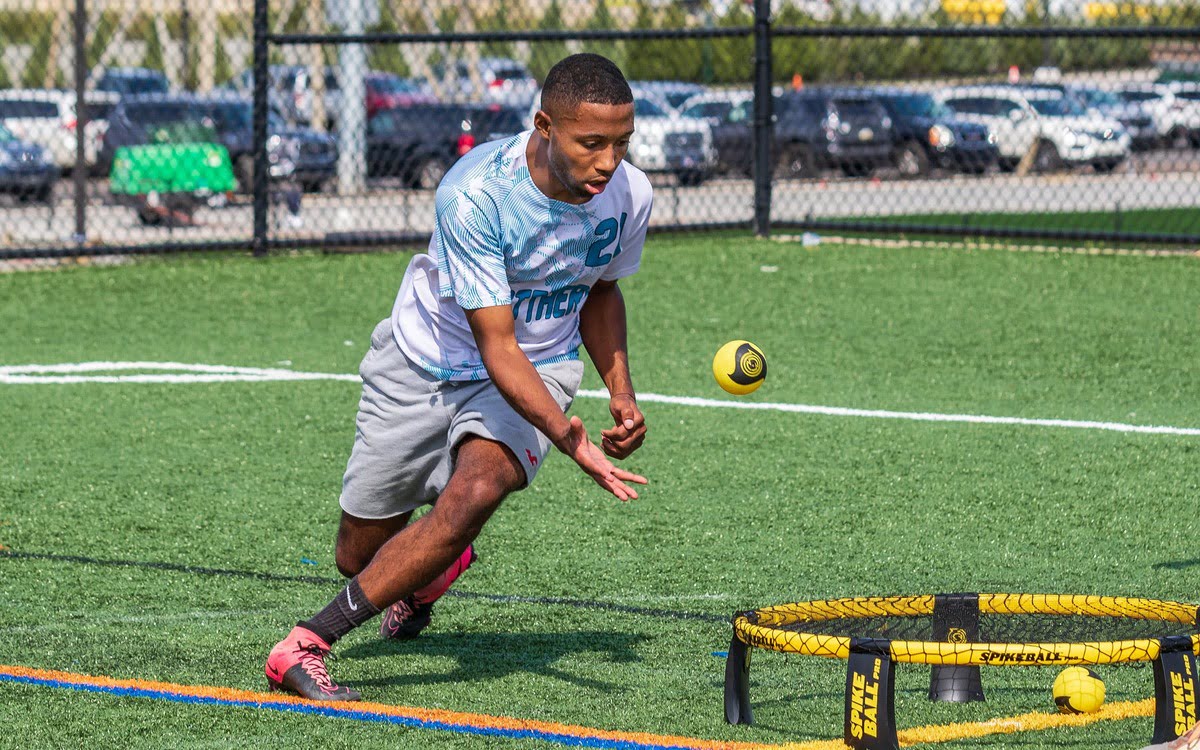

Outdoor Recreation & Activities
What Is Spikeball Similar To?
Modified: February 18, 2024
Discover outdoor recreation and activities similar to Spikeball and elevate your fun and fitness with these engaging alternatives. Explore exciting options for your next outdoor adventure!
(Many of the links in this article redirect to a specific reviewed product. Your purchase of these products through affiliate links helps to generate commission for Storables.com, at no extra cost. Learn more)
**
Introduction
**
Welcome to the exciting world of Spikeball, a dynamic and fast-paced game that has been gaining popularity among outdoor enthusiasts and sports aficionados. This thrilling activity combines elements of traditional sports with a unique twist, offering players an exhilarating and engaging experience. As we delve into the realm of Spikeball, we will explore its similarities to other well-known games, shedding light on the diverse and captivating nature of recreational sports.
Whether you are a seasoned Spikeball player or someone who is just discovering this enthralling game, understanding its parallels to other activities can provide valuable insights and enhance your appreciation for the sport. From the familiar dynamics of volleyball to the nostalgic charm of four square, Spikeball shares resemblances with various pastimes while maintaining its distinct identity. By examining these connections, we can gain a deeper understanding of Spikeball’s appeal and its place within the realm of outdoor recreation.
Join us on a journey of discovery as we uncover the similarities between Spikeball and other beloved games, unveiling the interconnectedness of recreational pursuits and the universal joy they bring to participants of all ages.
Key Takeaways:
- Spikeball shares similarities with volleyball, four square, handball, tetherball, and roundnet. These games emphasize teamwork, coordination, and friendly competition, making Spikeball a dynamic and engaging activity for all ages.
- Whether it’s the fast-paced exchanges of Spikeball, the strategic positioning of four square, or the dynamic ball control of roundnet, these games bring people together in a spirit of fun and inclusivity, showcasing the universal appeal of recreational sports.
Read more: What Is Spikeball?
Volleyball
Spikeball and volleyball share a kinship rooted in their high-energy, team-oriented gameplay. Both games involve players working in pairs or teams to strategically maneuver a ball over a net, aiming to outmaneuver their opponents and secure points. The dynamic back-and-forth nature of both sports fuels an atmosphere of excitement and anticipation, keeping participants on their toes throughout the game.
The physicality and coordination required in both Spikeball and volleyball underscore the importance of teamwork and communication. Players must synchronize their movements and anticipate their teammates’ actions to maintain a fluid and effective gameplay. Additionally, the emphasis on quick reflexes and agile footwork in both sports contributes to a shared focus on athleticism and coordination.
Furthermore, Spikeball and volleyball foster a sense of camaraderie and sportsmanship among participants. Whether it’s the elation of a well-executed spike or the thrill of a perfectly timed block, both games create opportunities for players to celebrate their successes and support each other through challenges. The collaborative nature of these sports strengthens the bonds between teammates and promotes a spirit of unity and mutual encouragement.
While Spikeball and volleyball each have their unique rules and playing surfaces, their fundamental principles of teamwork, coordination, and sportsmanship intertwine to create an environment of exhilarating competition and shared achievement.
Four Square
Spikeball and four square, despite their differences in gameplay and equipment, share a common thread of fostering inclusive and interactive experiences. Both games are renowned for their accessibility, making them enjoyable for participants of varying skill levels and ages. Whether played on the beach or in a schoolyard, Spikeball and four square bring people together in a lighthearted and engaging manner.
The fast-paced and dynamic nature of both Spikeball and four square fuels an atmosphere of excitement and friendly competition. In four square, players strive to maintain their position in the coveted “king” square, while in Spikeball, teams engage in rapid exchanges to keep the ball in play. This shared element of quick reflexes and strategic positioning adds an element of thrill to both games, captivating participants and spectators alike.
Additionally, Spikeball and four square promote social interaction and communication, as players engage in lively banter and friendly rivalries. Whether it’s the playful taunts exchanged during a Spikeball rally or the good-natured challenges in a game of four square, these activities create opportunities for participants to connect and build camaraderie through shared experiences.
While Spikeball and four square differ in their equipment and playing surfaces, their ability to bring people together in a spirit of fun and inclusivity underscores the universal appeal of recreational games. Whether played in a casual setting or a competitive environment, both Spikeball and four square embody the joy of friendly competition and the sense of community that arises from shared play.
Spikeball is similar to volleyball in that it is a fast-paced, team sport played with a small ball. However, in Spikeball, players hit the ball onto a net instead of over it, and the game is played in a smaller area.
Handball
Spikeball and handball share a common foundation of fast-paced, skill-based gameplay that captivates participants and spectators alike. Both sports require agility, coordination, and quick reflexes, underscoring the importance of physical dexterity and strategic thinking. Whether it’s the swift hand movements in handball or the dynamic ball control in Spikeball, these games demand precision and adaptability from their players.
The competitive and interactive nature of Spikeball and handball fosters an environment of spirited engagement and camaraderie. Players in both games must anticipate their opponents’ moves and react swiftly to maintain their advantage, creating an atmosphere of intense but friendly competition. The shared sense of exhilaration and challenge in Spikeball and handball unites participants in their pursuit of victory and skill mastery.
Furthermore, Spikeball and handball emphasize the significance of teamwork and collaboration. Whether it’s the coordinated efforts of Spikeball teams to keep the ball in play or the strategic passing and positioning in handball, both games rely on effective communication and synchronized actions among players. This emphasis on teamwork strengthens the bonds between participants and reinforces the value of collective effort in achieving success.
Despite their differences in equipment and playing surfaces, Spikeball and handball embody the universal appeal of skill-based, interactive sports that inspire individuals to push their limits and celebrate the joy of athletic achievement. Whether played competitively or for recreational enjoyment, both games offer a platform for players to showcase their abilities and revel in the thrill of dynamic, fast-paced gameplay.
Tetherball
Spikeball and tetherball share a common thread of dynamic, circular gameplay that captivates participants and spectators alike. Both games revolve around a central point, requiring players to maneuver around the perimeter as they strategically engage with the ball. This circular dynamic adds an element of anticipation and agility to the gameplay, creating an atmosphere of excitement and strategic maneuvering.
The competitive and interactive nature of Spikeball and tetherball fosters an environment of spirited engagement and friendly rivalry. Whether it’s the rapid exchanges and strategic positioning in Spikeball or the intense back-and-forth rallies in tetherball, both games demand quick reflexes and strategic thinking from their participants. The shared sense of exhilaration and challenge unites players in their pursuit of victory and skill mastery.
Furthermore, Spikeball and tetherball emphasize the importance of spatial awareness and strategic positioning. Players must anticipate the ball’s trajectory and adjust their movements accordingly, showcasing their ability to strategize and execute precise maneuvers. This shared emphasis on spatial dynamics adds an element of depth and complexity to both games, challenging participants to think strategically and act decisively.
Despite their differences in equipment and playing surfaces, Spikeball and tetherball embody the universal appeal of dynamic, circular sports that inspire individuals to showcase their agility and revel in the thrill of strategic gameplay. Whether played competitively or for recreational enjoyment, both games offer a platform for players to engage in spirited competition and celebrate the joy of dynamic, circular gameplay.
Read more: What Is A Pocket In Spikeball?
Roundnet
Spikeball, also known as roundnet, shares a deep connection with the game of roundnet, as they are essentially one and the same. Originally branded as Spikeball, the sport has gained widespread recognition under the name roundnet, reflecting its evolution into a distinct and thriving activity. Roundnet embodies the same exhilarating gameplay and team-oriented dynamics that have made Spikeball a beloved pastime for enthusiasts of all ages.
The fast-paced, collaborative nature of roundnet mirrors the fundamental principles of Spikeball, emphasizing quick reflexes, strategic teamwork, and dynamic ball control. Players in roundnet work in teams of two, aiming to outmaneuver their opponents and keep the ball in play, much like the engaging exchanges seen in Spikeball. The shared elements of agility, coordination, and teamwork underscore the seamless transition between the two names for the sport.
Furthermore, roundnet and Spikeball foster a sense of camaraderie and sportsmanship among participants, as teams engage in lively rallies and celebrate their successes. Whether it’s the thrill of a well-executed spike or the strategic positioning to defend against an opponent’s play, both roundnet and Spikeball create opportunities for players to engage in spirited competition while fostering a supportive and inclusive environment.
As roundnet continues to gain momentum as a widely recognized sport, its connection to Spikeball serves as a testament to the enduring appeal of dynamic, team-based activities that inspire individuals to showcase their athleticism and strategic prowess. Whether played in casual settings or competitive tournaments, roundnet embodies the spirit of collaboration, skill, and sportsmanship that has made Spikeball a cherished game among players and fans worldwide.
Frequently Asked Questions about What Is Spikeball Similar To?
Was this page helpful?
At Storables.com, we guarantee accurate and reliable information. Our content, validated by Expert Board Contributors, is crafted following stringent Editorial Policies. We're committed to providing you with well-researched, expert-backed insights for all your informational needs.


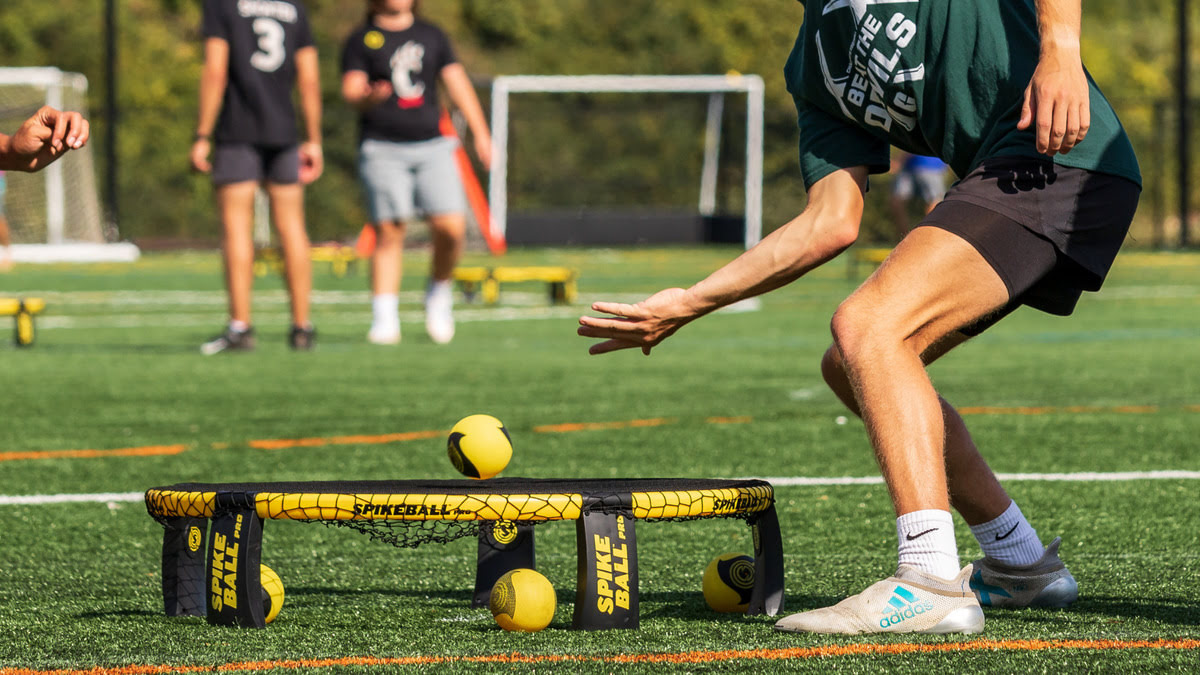
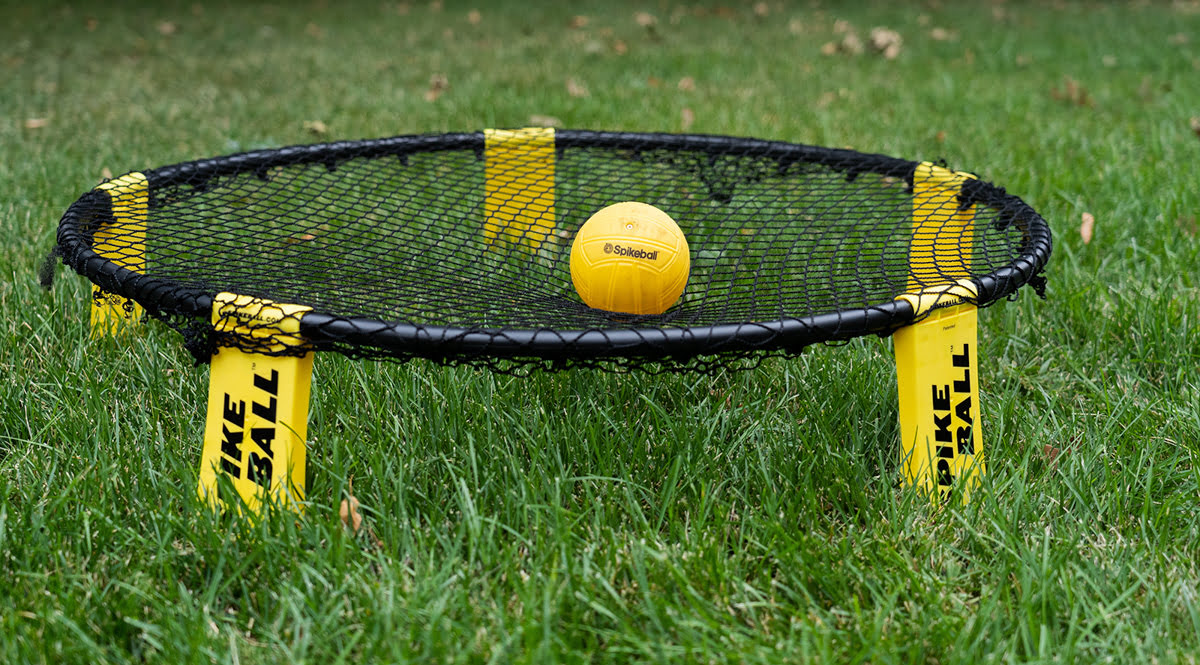
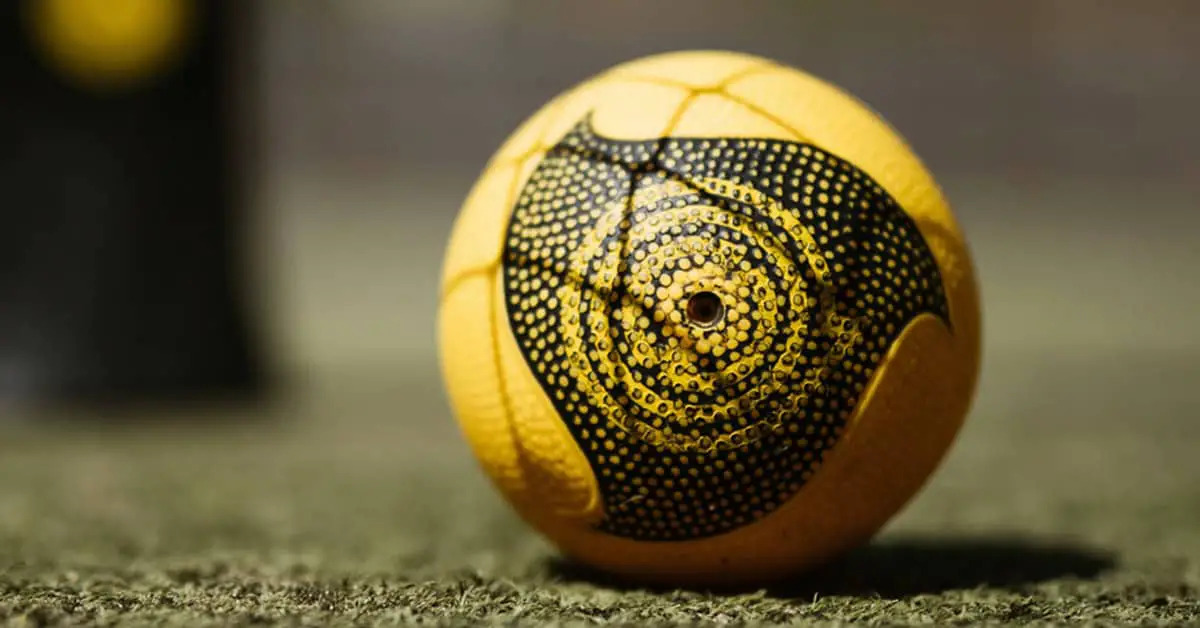
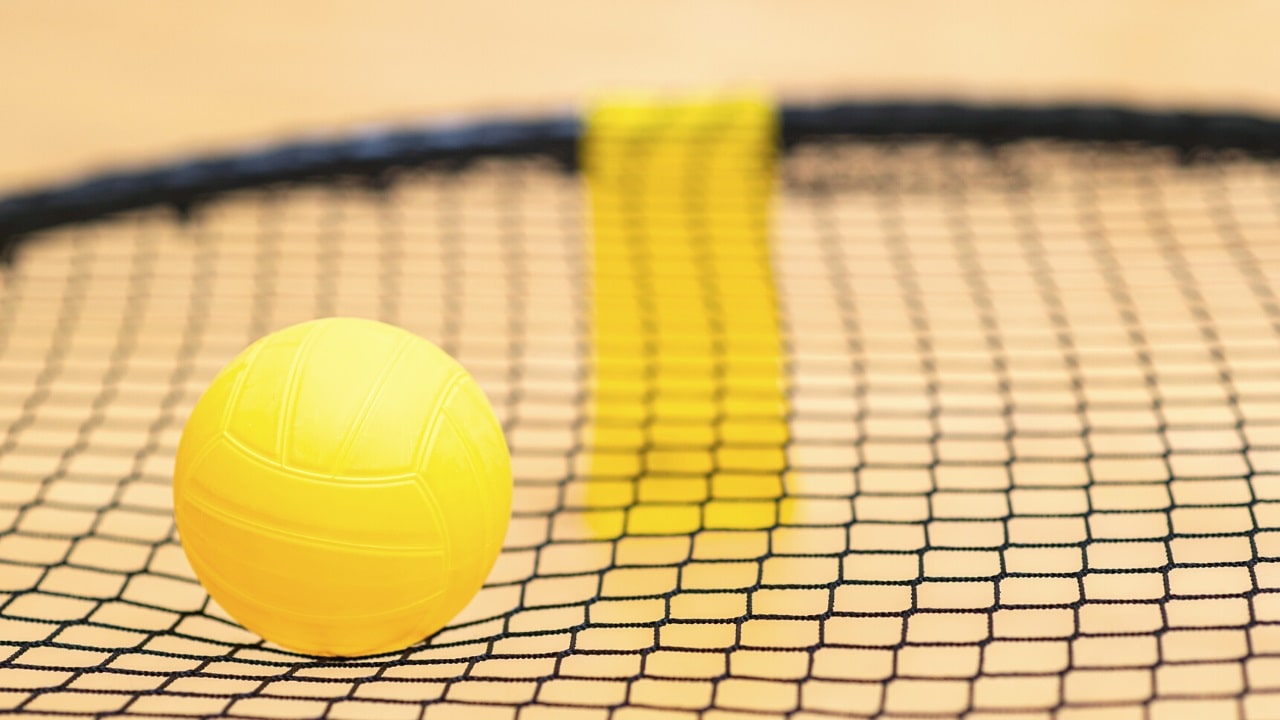
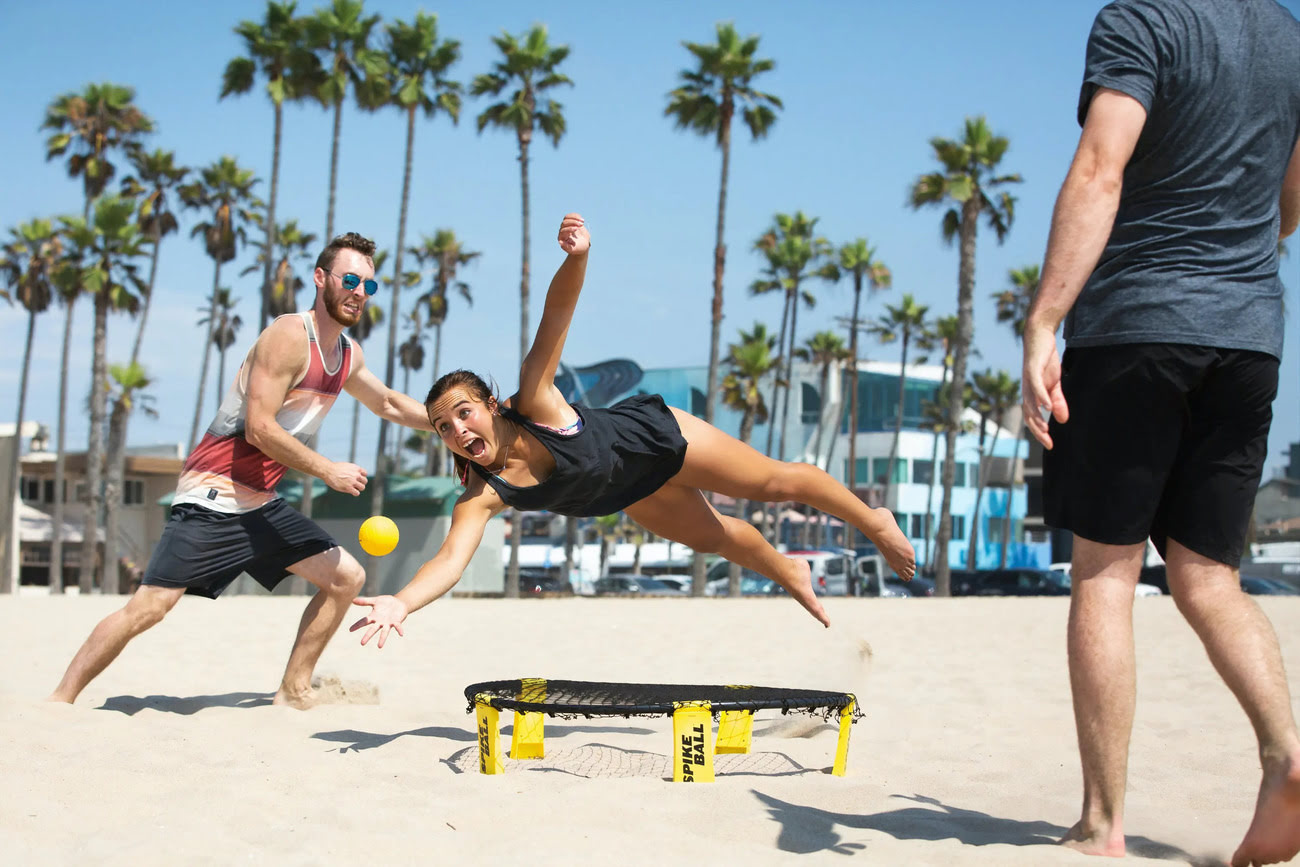
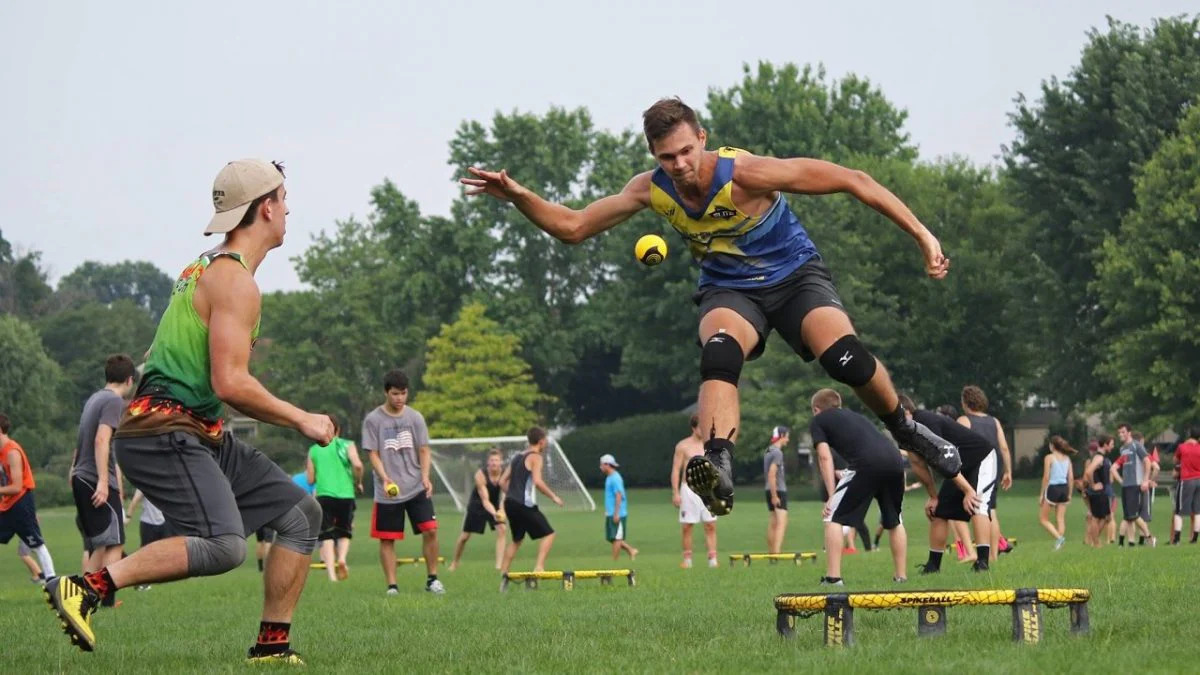
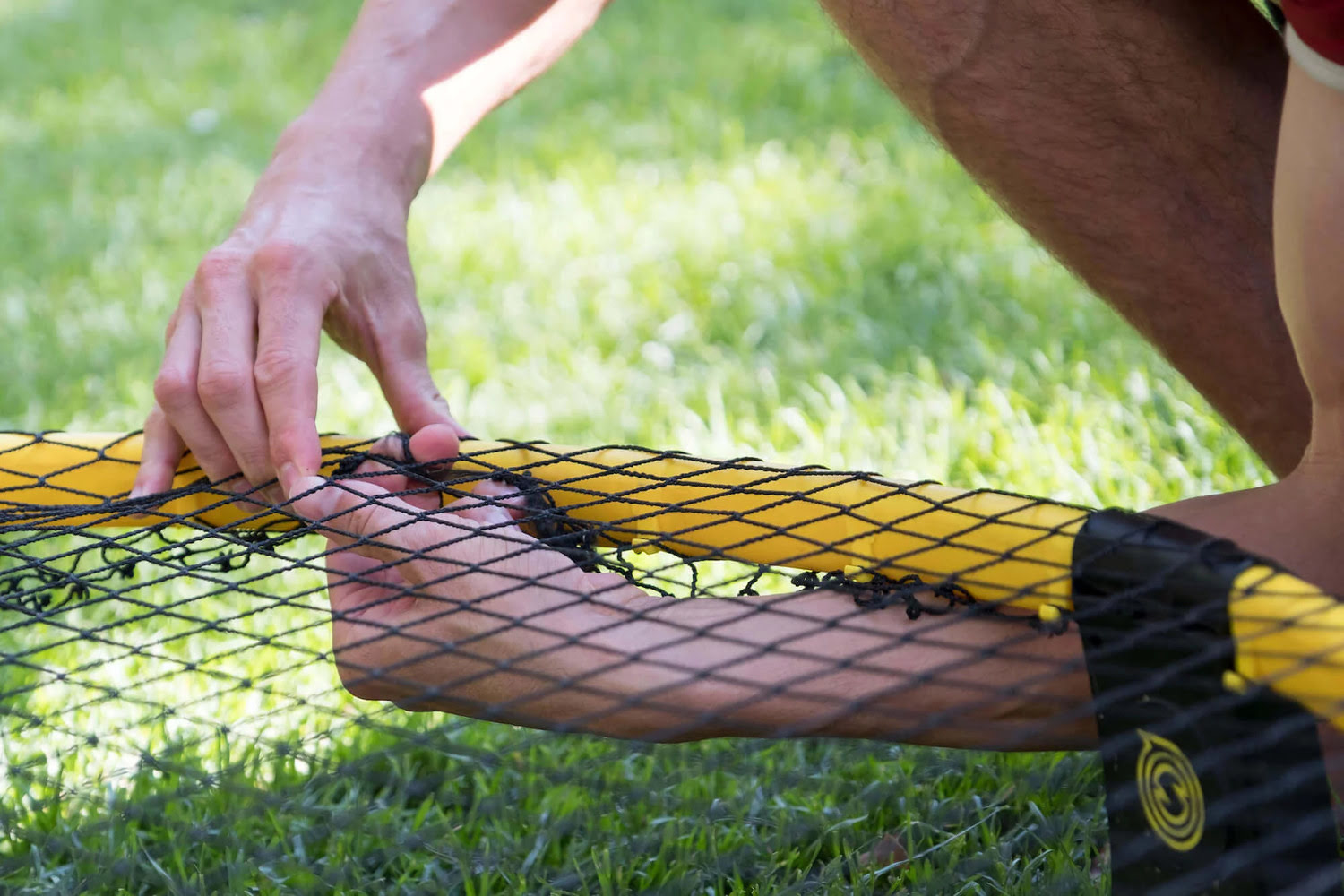
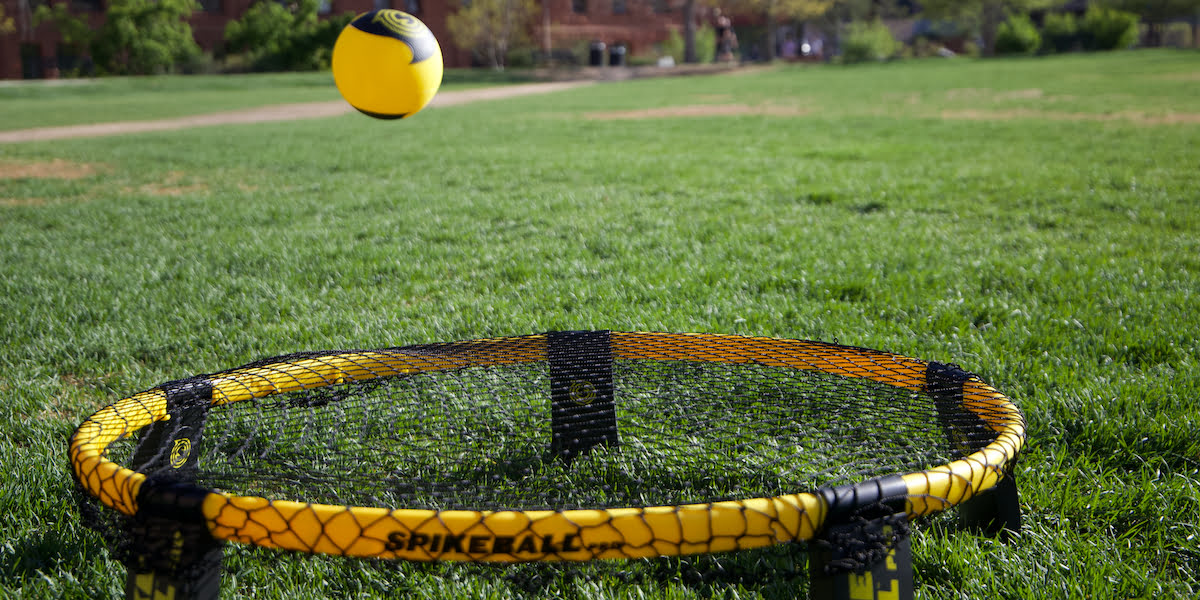
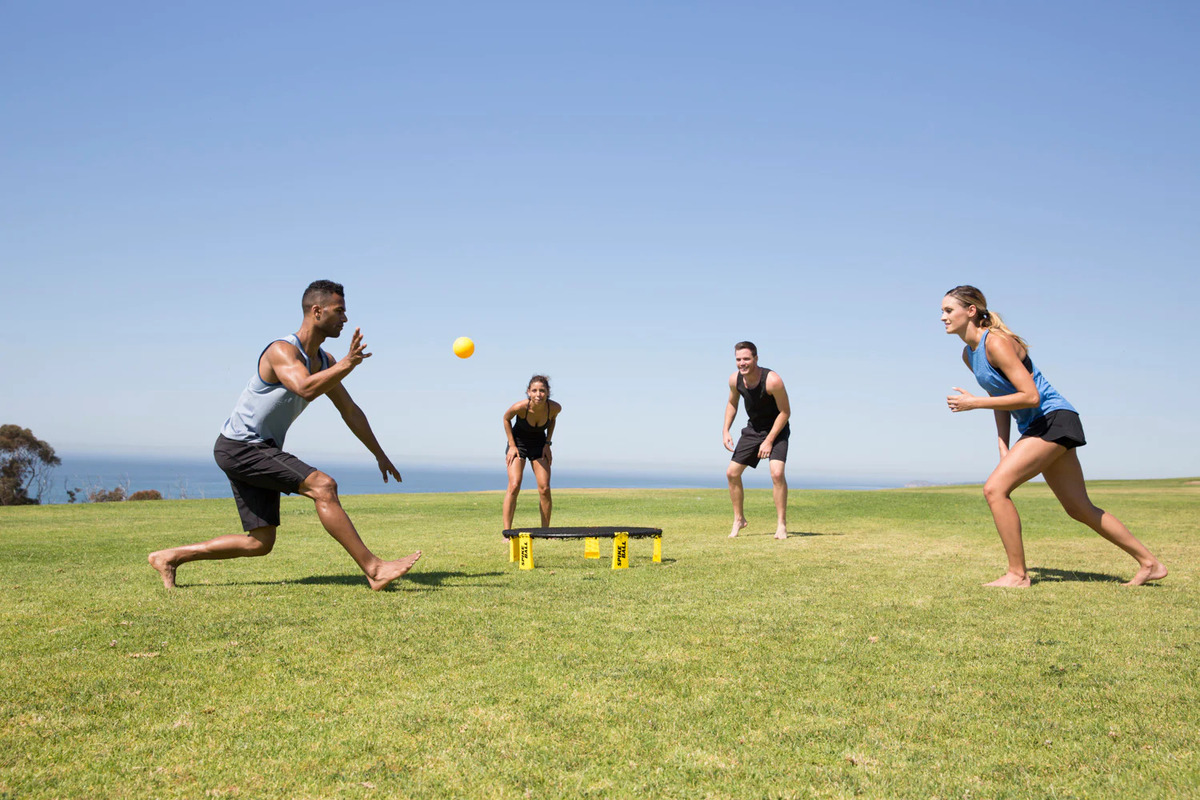
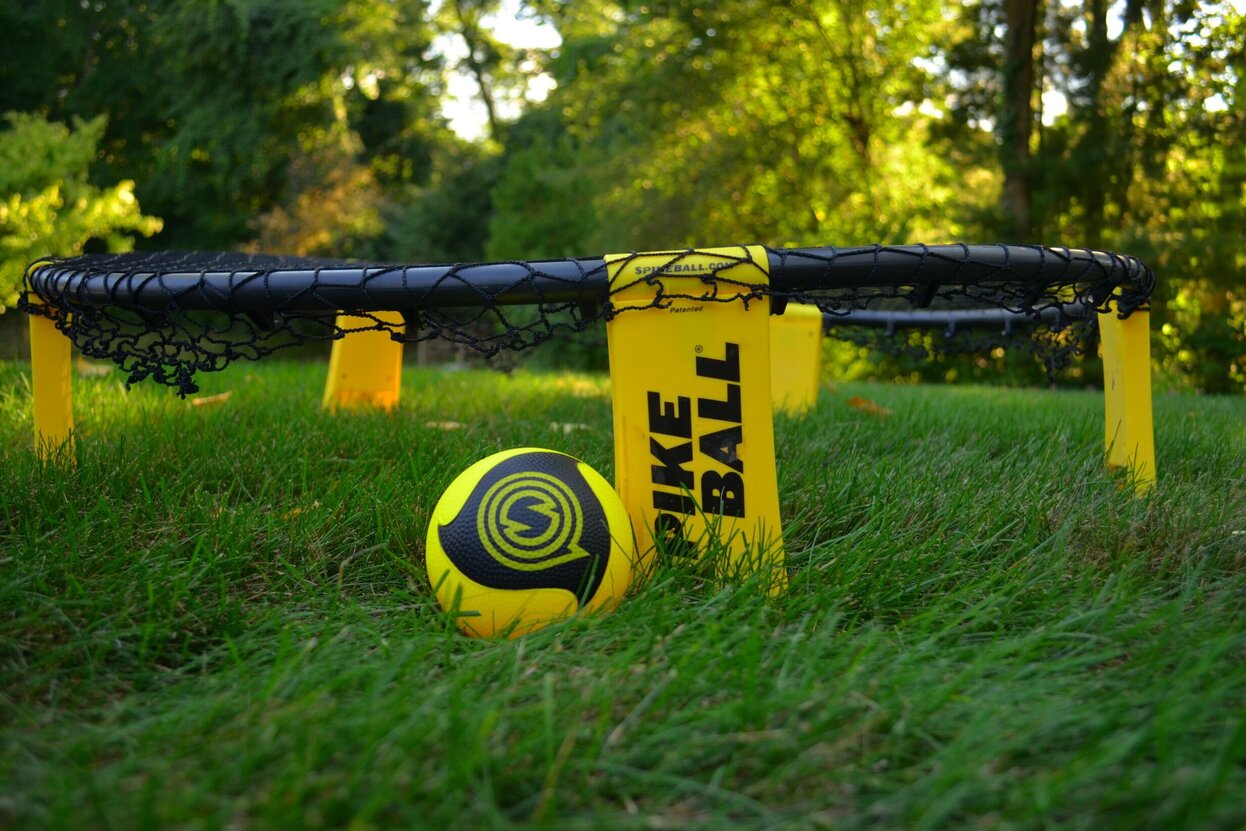
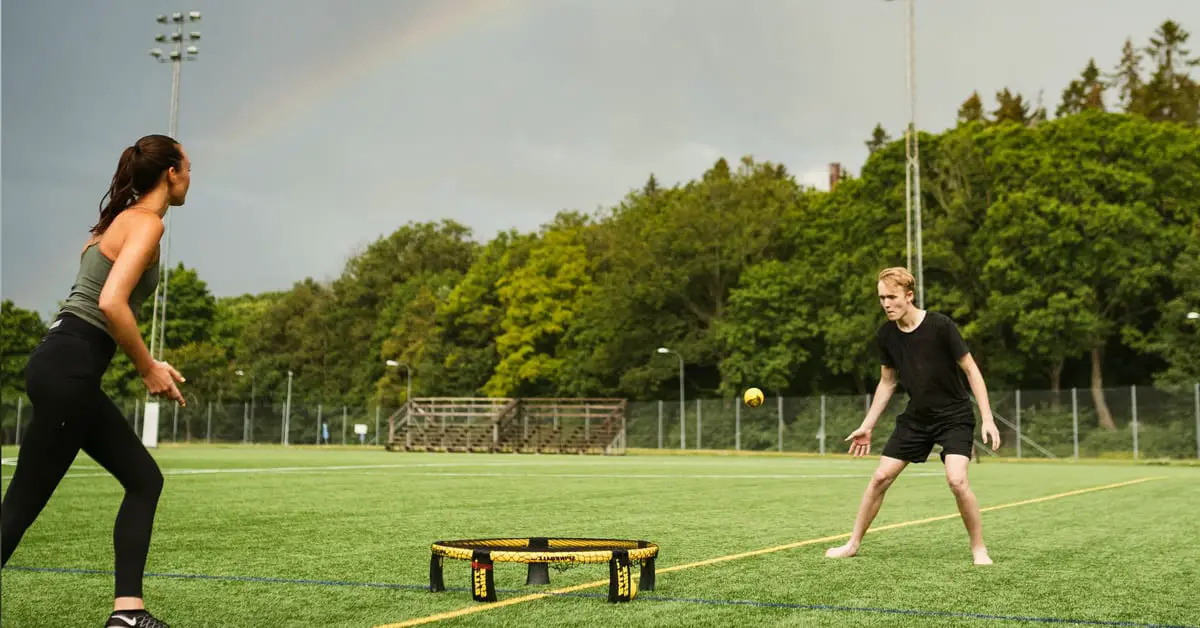


0 thoughts on “What Is Spikeball Similar To?”